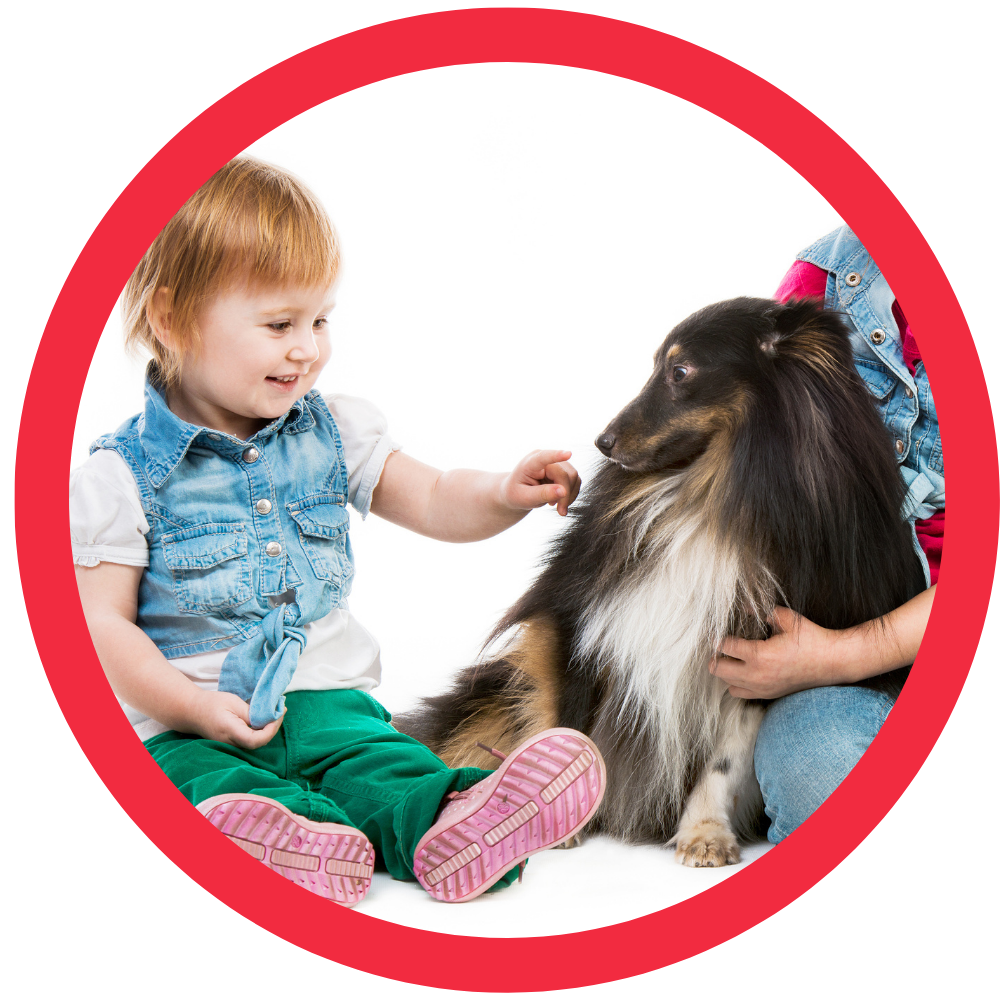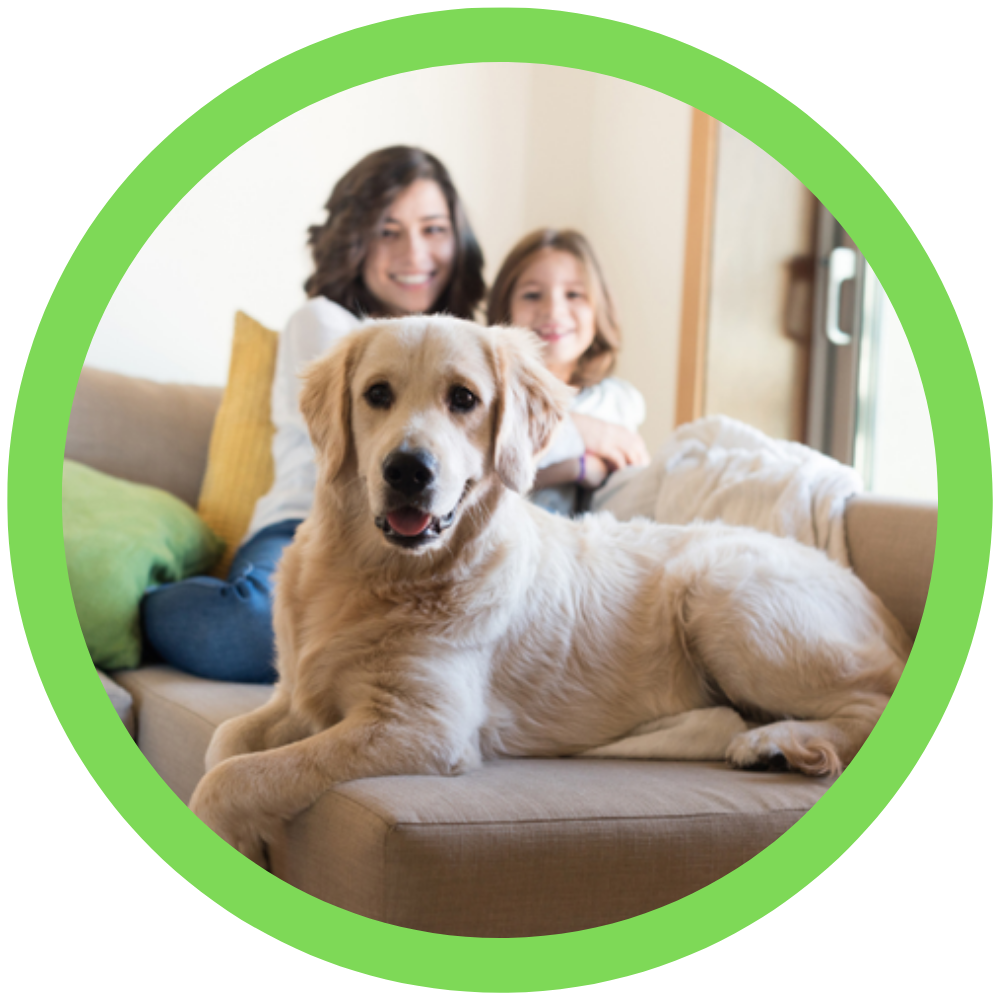Navigating kids and dogs safely
Growing up with a dog can be a wonderful life experience. It creates a special bond that lasts a lifetime. But, leaving kids and dogs together even for a moment can be risky.

Background
Our City have around 120,000 residents with over 16,000 dogs registered. There are hundreds of positive interactions between people and dogs every single day. But miscommunications and misunderstandings can happen quickly, and especially between kids and dogs.
In fact, a recent study found that the family dog was most common cause of children admitted to hospital for dog bites.
The Dog and Cat Management Board have recently launched their Good Dogs Bad Days campaign following an increasing trend in dog attacks, with over 500 South Australians hospitalised due to a dog attack last year.
Images like this can be shocking, but experiencing a dog attack is traumatic and it's important to spread the word.
Read more about the Good Dogs Bad Days campaign here.
Warning signs
Dogs use subtle body language signs to let us know they're uncomfortable and accidents can happen if we're not listening.
You can look at their eyes, ears, mouth, tail and body carriage to learn how they are feeling in any given situation! You can learn more about dog body language here.
Listen so they don't have to shout!

Common signs of fear / stress in dogs:
This dog is showing behaviour that indicates we should stop the interaction
- Raised eyebrows (furrowed brow)
- Whites of eyes showing (whale eyes)
- Tense top lip
- Weight shifted away
- Mouth fully closed
- Paw lift (appeasement)

Signs your dog is enjoying the interaction:
This dog is showing behaviour that indicates they want the interaction to continue
- "Soft" eyes
- Relaxed ears
- Relaxed tounge on teeth
- Leaning in / coming back for more
- Slightly open mouth
- Relaxed whiskers and top lip
Relaxed tongue on teeth
Test yourself on how much you know about dog body language, by taking our Dog Speak Quiz
Tips for safe interactions
Here are some tips for safe interactions with unfamiliar dogs AND our own:
- Dogs will let you know if they want a pat by approaching you! If they stay out of reach - leave them be!
- Give them a pat on the shoulders or chest for a few seconds and then pause to see if they ask for more!
- Avoid hugs - hugging is a human (and primate) behaviour, dogs are canines
- Dogs in public spaces are not public property - please leave them be unless invited by the owner (and the dog!) for a pat!
- Pet parents are allowed to refuse if a child asks to pat (perhaps the dog is in training, ill or in pain, or recovering from a traumatic experience that makes their behaviour unpredictable)
- Kids and dogs can be best friends next to each other, not on top of each other
- Encourage children to respect your dog's right to eat, sleep, drink and play uninterrupted
- Dogs can say 'no' to pats by looking away or moving away
- Dogs might tolerate children they know well, but it doesn't mean they love all kids in all environments
- A dog's tolerance, and ability to make good choices can change with fatigue, pain, age or hunger - just like ours
- If in doubt - separate them. It's always better safe than sorry, and prevention is better than a cure
- Actively supervise kids and dogs to ensure everyone is feeling safe and comfortable
What does active supervision look like?
Active supervision can be easy as P.I.E.
P roactive - schedule breaks, structure play and set boundaries for both your dog and child
I ntervene - be close enough to intercept immediately if required
E ngaged - actively participate, observe and know signs your dog or child needs a break
Find some great examples of safe games here
